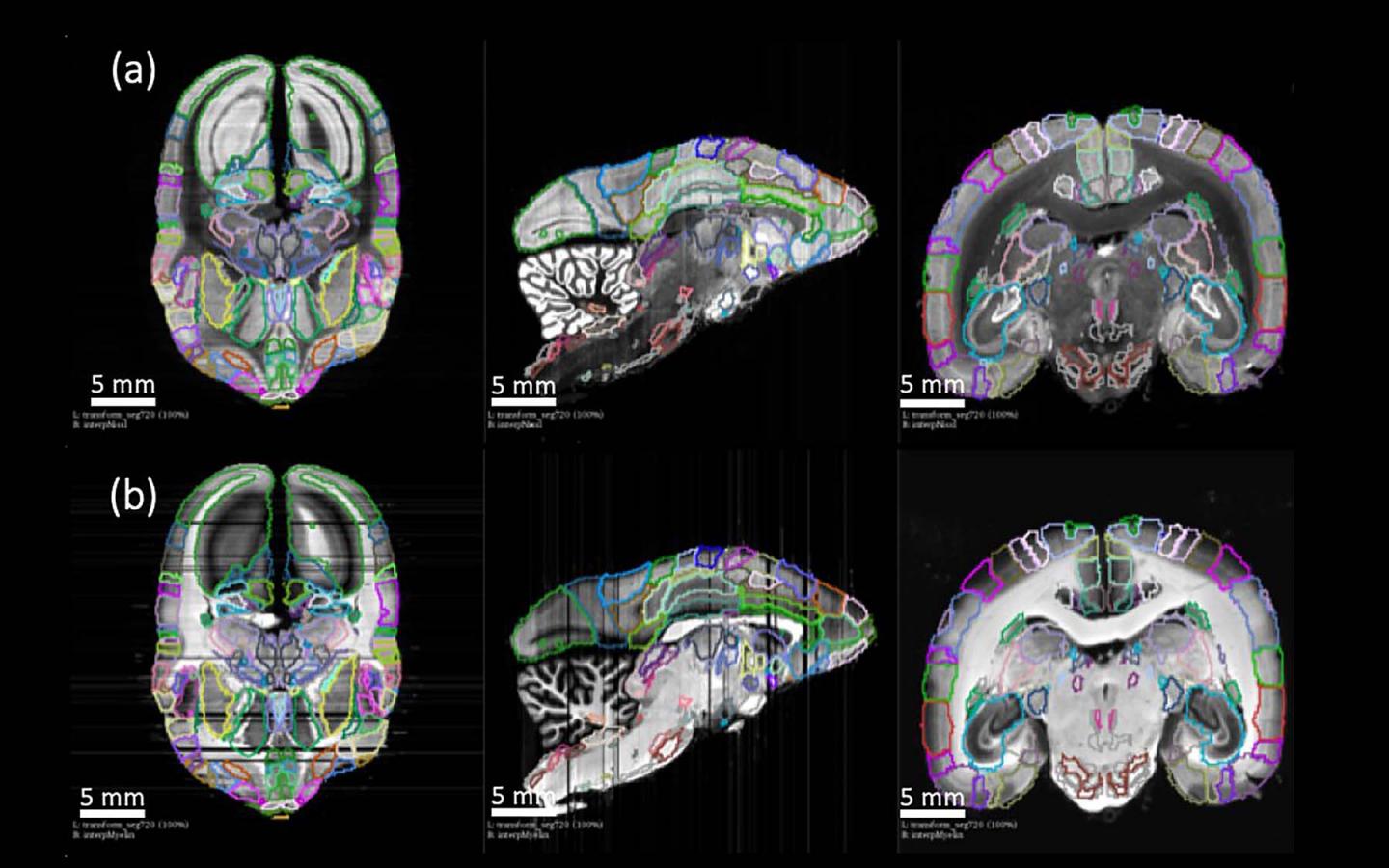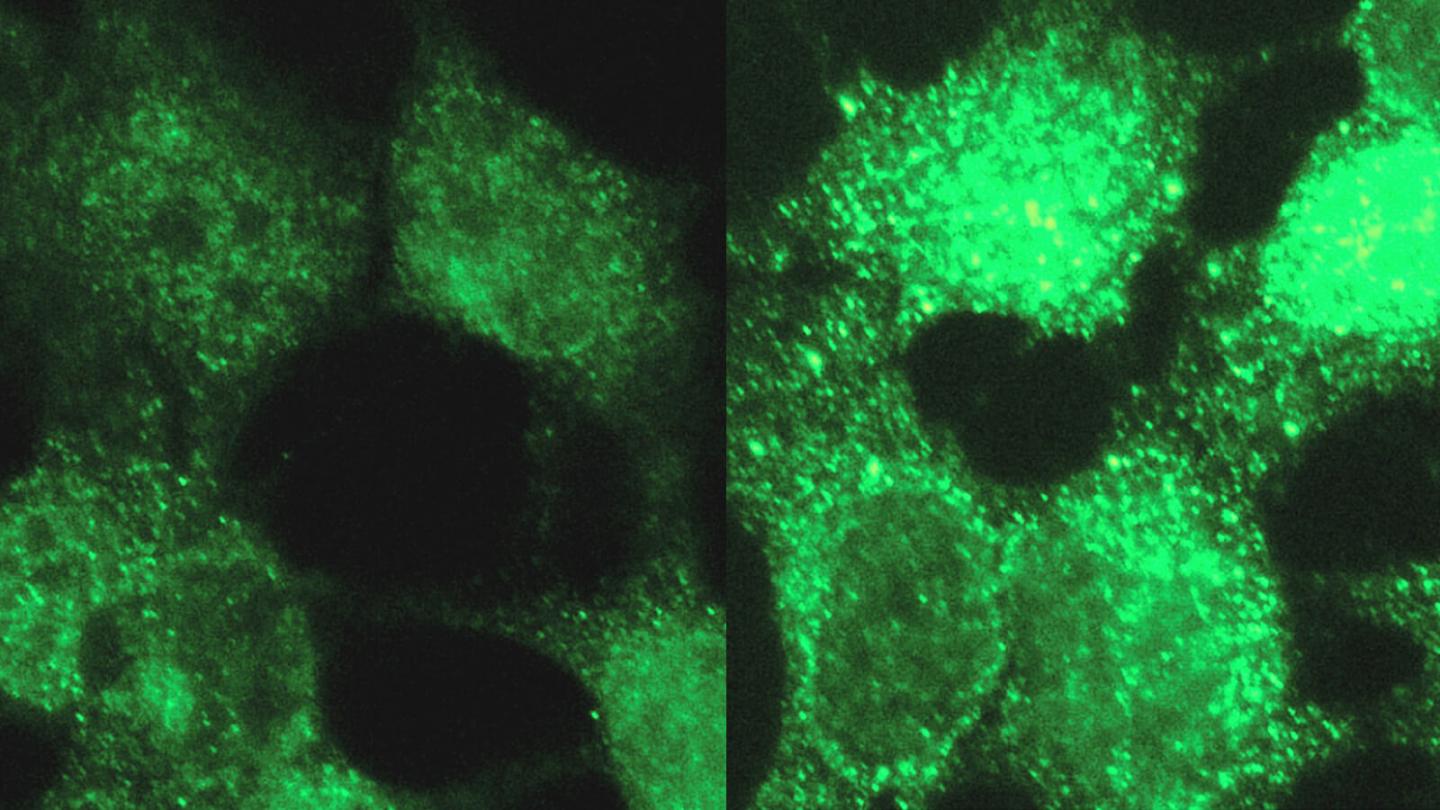NIH funds UT research on quality of life of LGBT caregivers
A new study by the University of Tennessee, Knoxville will examine how the intersection of being both LGBT and a caregiver may elevate a person’s risk of having overall poor health. As many as 45 percent of lesbian, gay, bisexual, and transgender adults ages 50 and older are caregivers of a loved one with a…
Details









